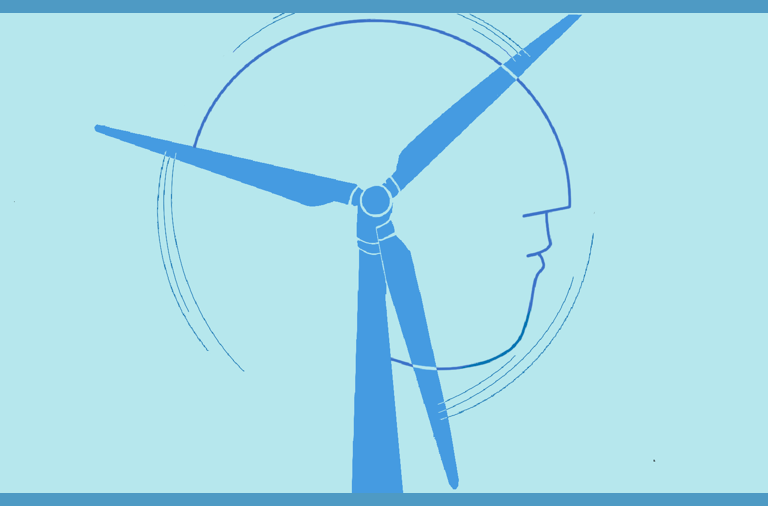poemless‘s diary on eurotrib already addresses that topic to some extent, but it seems that a number of people are intent on creating a new cold war, and it is scary to see so many newspapers jump on the bandwagon with little or no perspective, and with obviously very little knowledge of what they are talking about.
Look at that map from the New York Times [“The Pipes Carry Clout With the Oil,” May 14, 2006. See the NYT article for a better view of the map.]:

There are so many errors in it that it’s scary. And that’s the point: to scare us. Doing Cheney’s job.
- “Pipelines give oil suppliers leverage. So why are more than half of the pipelines and comments about gas pipelines? In some cases, like the Venezuelan project, or the Ukrainian dispute, you cannot even tell from the text
- the pipeline from Turkmenistan is a gas pipeline. It is blithely connected in Russia to the pipeline from Azerbaijan, which is an oil pipeline
- The pipeline East from Irkutsk they suggest is an oil pipeline; again, it is connected to the gas pipelines going West
- The conflict in Chad was the other way round: it’s the World Bank that suspended its loans because Chad was not using the oil money as agreed under the terms for the Chad-Cameroon pipeline (i.e. for education or a stabilisation fund rather than to buy weapons)
- most of all, it vests all power in a pipeline in the seller (which “decides which countries get connected and, if displeased, turn the spigots off”). This is absolutely silly, and false. Ask the Turkmens who has the power on the pipeline connecting them to Russia, their sole buyer…
- the Iran-India pipeline is typical of this. Such a pipeline will only ever happen if it makes sense for both (or even for all 3 as it transits via Pakistan), if all can agree to it, and can commit to the massive investments it will require – and if all can trust the other(s) for 20+ years not to fuck it up in any way. And the main reason to trust them is that the pipeline is good for them and that you will also have the power to take it away from them. (As of today, it’s really not clear that this pipeline will be built in the foreseeable future. US opinion on this is mostly irrelevant)
A pipeline is a bilateral, or even a multilateral project. It is like a chain – as weak as its weakest link. which means that each party can make it fail, and all are needed to make it succeed. All have the power. The seller can stop to sell, the buyer can stop to pay, and the transit country can cut the flow. As I wrote earlier, a pipeline is like a marriage with kids. It’s a multi-decade project where each party has committed something to the other (one to produce, one to transport, one to buy) at great expense that can only be recovered with the cooperation of all.
But oil and gas pipelines are very different. Gas markets do not exist outside of the gas pipeline network, plus a few LNG regazification terminal connected to it. The infrastructure defines the markets, and absolutely constrains where the gas can go (and where it can come from). For instance, Russia cannot export its gas anywhere but in Europe. Gas markets are de facto regional, and there are very few links between Asia, Europe and North America. LNG is creating some opportunities to arbitrage between them, but it’s still limited. You have less than 200 LNG tankers on the planet, and most of them are contracted on fixed itineraries between one liquefaction terminal (in the exporting country) and one regazification terminal (in the importing country) – and behave almost like maritime pipelines.
Oil markets are global, and a lot more flexible. Oil can be transported by rail, on rivers, by tankers and by pipelines. Pipelines, again, are the least flexible means of transport, as it imposes an origin and a destination. But it imposes BOTH.
What’s happening is that the buyers today suddenly feel that they need to buy the stuff more than the sellers need to sell it, and feel at a disadvantage. In a full frontal confrontation – i.e. if relationships break down, it would be the buyer which will beg the seller to reestablish the trade. And what we have today is bluster by our über-buyer, Cheney’s America, to make believe to the seller that it will never, ever beg, and that it will go to war rather than do that, and thus that the other side should not think about cutting the gas. to which the other side responds, miffed, “but why are you accusing me of cutting anything? I’m happy with our relationship? Aren’t you? Should I worry? Should I look elsewhere?” and thus Cheney “haha, you ARE looking elsewhere, I knew it. You’re gonna pay for it!”
But there is no leverage in pipelines, just pain for everybody.
So it’s a big disappointment to see papers like the New York Times or the Guardian peddle the Cheney/Blair “war of the worlds” vision of energy markets. This is the vision whereby, in order to make people forget that it is their incompetent and short-termist energy policies and their refusal to consider any demand side action (to reduce demand through conservation or efficiency) that has brought about the current energy crisis, they invent external enemies to blame for that situation. Russia seems to be the ideal bogeyman – a long history of confrontation with the “evil empire” makes us easily willing to see that country suspiciously, a more authoritarian leader readily painted into a power-hungry imperialist, and the worst sin – a country hostile to the religion of free markets and willing (despite a mixed record) to trust the hand of the State.
Maybe a trip down memory lane is worthwhile, via Radio Free Europe / Radio Liberty:
In 1982, as the Soviet Union was beginning construction of a $22 billion, 4,650-kilometer gas pipeline from Urengoi in northwest Siberia to Uzhhorod in Ukraine with the intention of supplying Western Europe, the CIA issued a National Intelligence Estimate (NIE) titled “The Soviet Gas Pipeline In Perspective.”
Exploiting European Dependence
The NIE, regarded as the definitive product of the U.S. intelligence community, reached several conclusions, among them that the Soviet Union “calculates that the increased future dependence of the West Europeans on Soviet gas deliveries will make them more vulnerable to Soviet coercion and will become a permanent factor in their decision making on East-West issues.”
In addition, according to the NIE, the Soviets “have used the pipeline issue to create and exploit divisions between Western Europe and the United States. In the past, the Soviets have used West European interest in expanding East-West commerce to undercut U.S. sanctions, and they believe successful pipeline deals will reduce European willingness to support future U.S. economic actions against the USSR.”
(…)
Washington apparently dealt with these concerns in a direct manner initially. In January 1982, U.S. President Ronald Reagan purportedly approved a CIA plan to sabotage a second, unidentified gas pipeline in Siberia by turning the Soviet Union’s desire for Western technology against it. The operation was first disclosed in the memoirs of Thomas C. Reed, a former Air Force secretary who was serving in the National Security Council at the time. In “At the Abyss: An Insider’s History of the Cold War,” Reed wrote:“In order to disrupt the Soviet gas supply, its hard-currency earnings from the West, and the internal Russian economy, the pipeline software that was to run the pumps, turbines, and valves was programmed to go haywire, after a decent interval, to reset pump speeds and valve settings to produce pressures far beyond those acceptable to pipeline joints and welds.
“The result was the most monumental non-nuclear explosion and fire ever seen from space,” he recalled, adding that U.S. satellites picked up the explosion. Reed said in an interview that the blast occurred in the summer of 1982.
Hey, let’s do like our hero Reagan and blow up some Russian pipelines! That’ll help those wimpy Europeans understand that they should not become too dependent on evil Russian gas!





